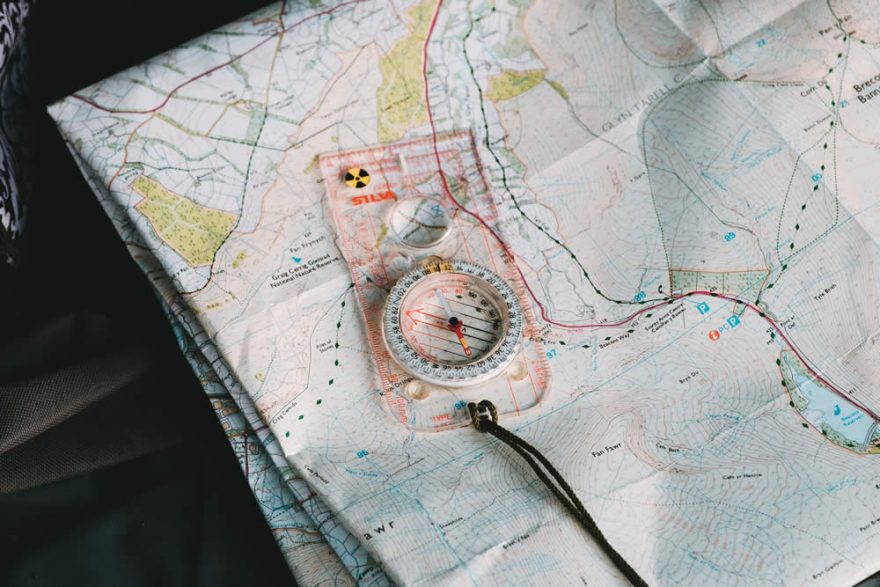
As each new year comes, we make a list of resolutions, which honestly, most of us end up discarding or forgetting within the first month. A lot of the resolutions we set are too vague or impossible and can bring us a lot of frustration.
2017 is the year to change that. We’ve put together five resolutions that are actionable and realistic, helping you to become a better trekker and have a great trek year ahead of you.
Resolution 1: No trace left behind
Leaving no trace behind you might be one of the most important resolutions you can make. If you spend a lot of time outdoors, you can appreciate a natural area and feel discouraged when you see it ruined by litter. Most people don’t set out to trek or camp with a destructive mind-set, but leaving nothing behind is harder than it seems. To fulfil this resolution, you just need to keep in consideration seven principles. You need to prepare and plan ahead, trek on durable surfaces or paths designed for this purpose, properly dispose of your waste, don’t take anything with you other than what you brought, minimize the impact of campfires, respect nature, and wildlife and be considerate of other trekkers and campers.

Resolution 2: Know your knots
Knowing a few basic knots can be a lifesaver, as they are an intrinsic part of camping. Knowing the difference between a few basic knots is essential, as they all serve different purposes. A stopper knot is used to prevent the end of the rope from slipping through a hole or slit or prevent fraying. Bend knots join two separate cords together and hitch knots attach ropes to posts, piles, rails or rings. Learning all of these knots would be great, but if you can’t, make it your resolution to learn the “figure 8” knot at least, as this can be modified to work as any of the knots mentioned above.

Resolution 3: Reduce the weight of your backpack
There are many ways you can reduce your pack weight, including building your alcohol stove and constructing a tarp instead of making a tent. A straightforward and easy way to do this is to make a comprehensive list of all the items in your backpack before you go trekking. When you return, make another list, and note any unused items. After you’ve done this a few times, you will start to see some things pop up over and over. Examine these articles and determine whether or not you should keep taking them with you.

Resolution 4: Learn to orientate yourself with a map and physical compass
Nowadays, almost everyone has a compass and GPS on their phones. However, they should not be the sole thing you use to find your bearings. Phones and GPS trackers can fail, they can run out of batteries and can break if dropped. Having a map and compass with you will make sure you can always find your bearings.
Resolution 5: Reinforce or learn CPR and basic first aid
Anyone can have a medical emergency while trekking. The emergency can fall into two categories: it can be treated in the field or trek or it can’t. Most fall under the first category, and your first aid kit can be used. However, you might run into the second situation, where you are responsible for responding to an emergency scene. It’s critical that you can give the person immediate first aid, including CPR if needed, make a relatively accurate diagnose and be able to explain the symptoms to the EMT team or paramedics. There are a lot of first aid courses out there, look for the one that’s best for you, and take the course at least once every couple of years as a refresher.

 Your Privacy Choices
Your Privacy Choices
 The
The